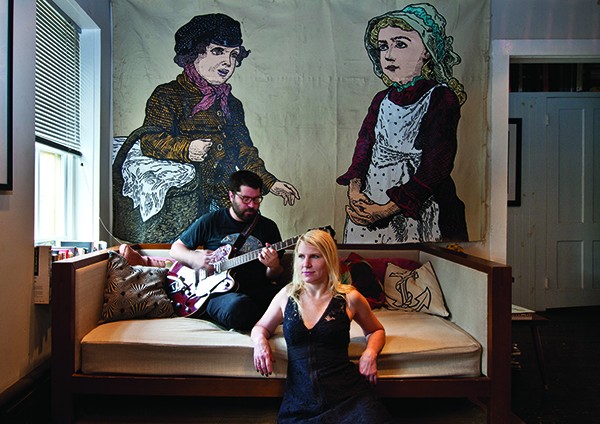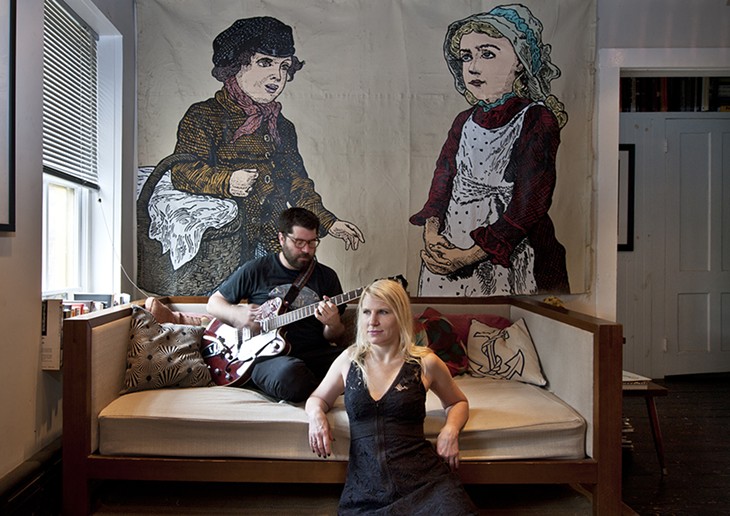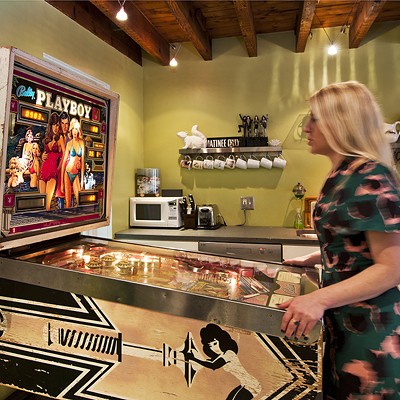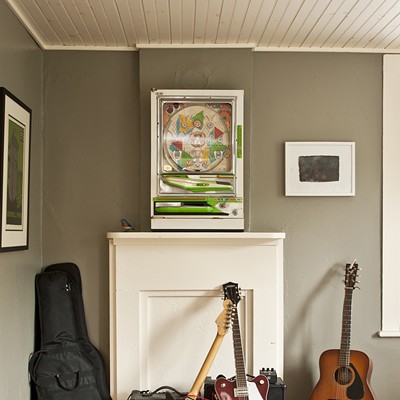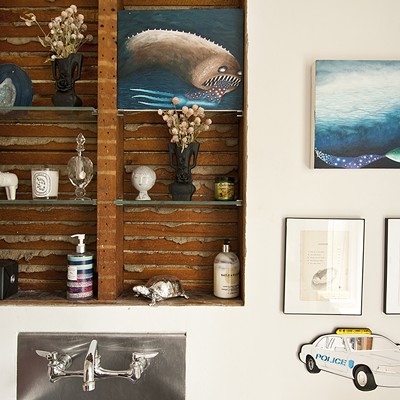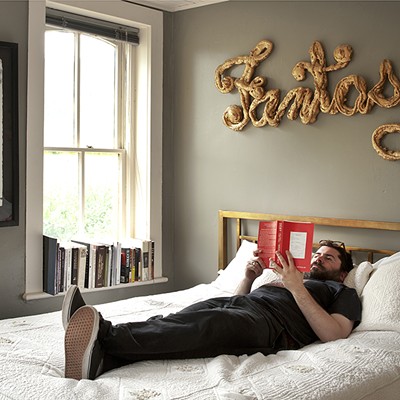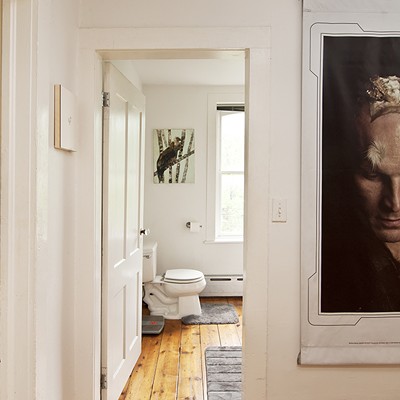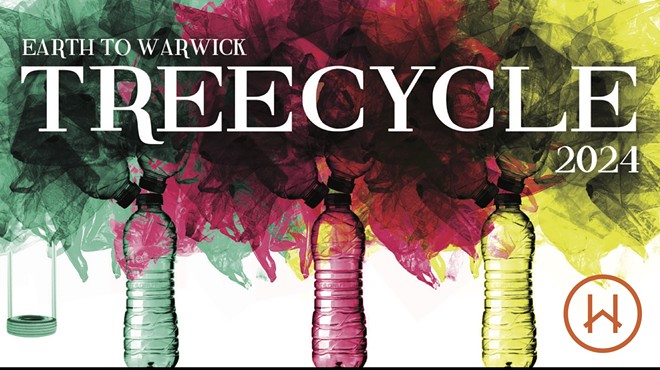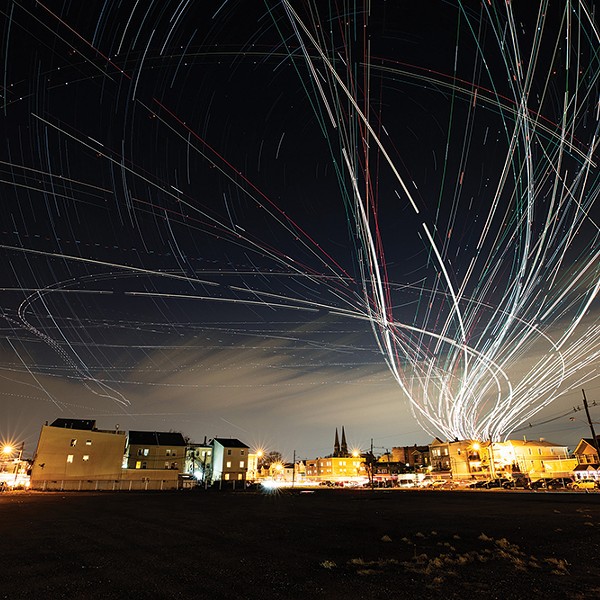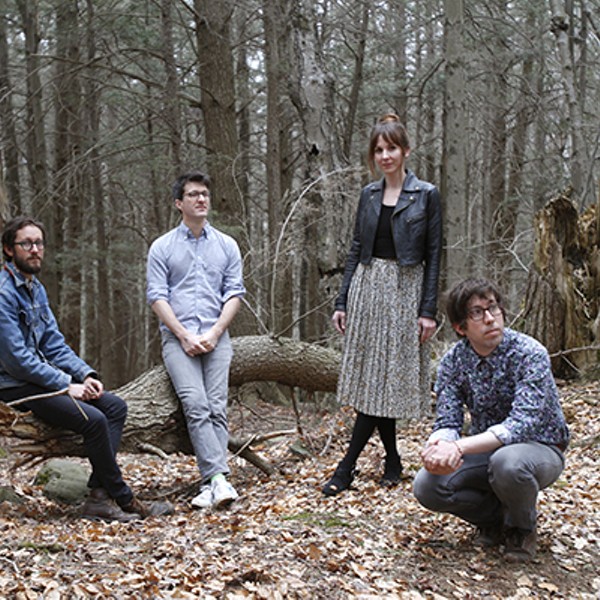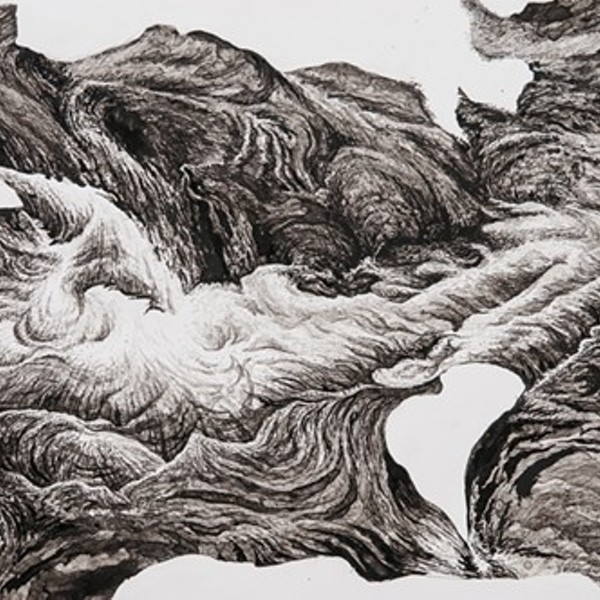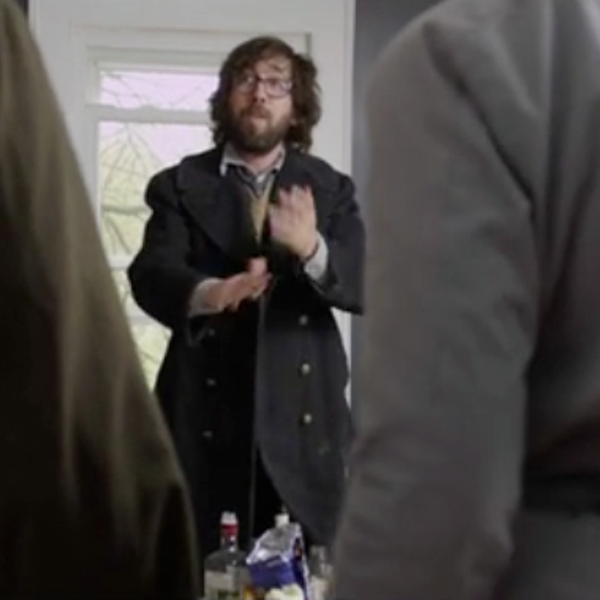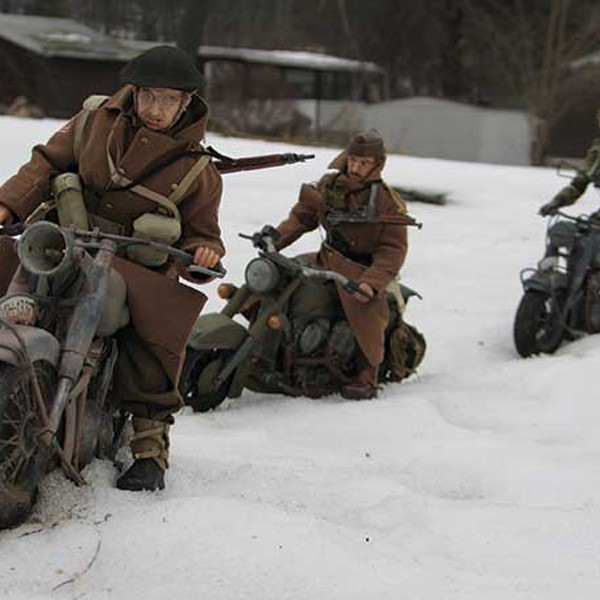In Doomsdays, the new indie film by Kingston resident Eddie Mullins, two drifters break into deserted vacation homes, drinking the booze, emptying out the kitchen cupboards, snoozing on the beds, and smashing a car in the driveway with a crowbar. Described by Mullins as "a postapocalyptic comedy," the film has won six awards and gotten kudos from Variety and the New York Times, which praised the film for its off-kilter melancholy ("Wrapping an existential question in the random rhythms of the road movie, Doomsdays comes at you sideways") and probing the central anxiety of our time: "When the world has passed the environmental tipping point...how long can the chains of civility hold?"
Though the setting is unspecified, it's easily recognizable as the Catskills, and part of the fun of watching Doomsdays is identifying the various locales, even as one might wince at the violence done to the series of woodsy properties. The one domicile that escapes the damage is a brick-and-stone charmer with yellow-trim Italianate windows, where Dirty Fred, a brainy, lazy, whiskey-sipping opportunist, gets a respite in the bed of his new love and cohort, Reyna. (Tagging along, but wary of settling in, is his partner in crime, Bruho, a gruff sociopath in a hoodie, and their chubby sidekick, Jaidon.)
Anyone participating in the Kingston gallery scene will instantly recognize the building as One Mile, the gallery and home of Mullins and his partner, Janet Hicks. Since opening in 2011, it's become an icon of the creative energy that is transforming the most obscure corners of Ulster County. One Mile Gallery has shown some of the area's edgiest art, often imported from the city, and its openings, spilling out from the subterranean gallery space onto the terraced bluestone patio, are among the most fun. Partly that's because of the novelty of the setting: One Mile is located on a narrow road that snakes along the Rondout Creek, past a row of ancient, mostly abandoned frame houses, in the shadow of a 100-year-old railroad trestle. Particularly when a train is rumbling overhead, one feels submerged in the weird, industrial-flavored folk Americana of David Lynch's Eraserhead. What might otherwise be construed as just another depressed Appalachian river valley with circa 1910 industrial artifacts, faded but still mighty, becomes magical, a sublime theatrical backdrop looming beyond the candlelight, glinting glasses, and whirlpools of conversation.
And partly it's because of the disarming ministrations of gallery owner Hicks, whose cosmopolitan stylishness lends an appealing sophistication while her native Californian friendliness puts visitors instantly at ease. Despite having a full-time job in the city—she negotiates contracts and licensing deals on behalf of the estates of blue-chip artists (including Picasso, Matisse, and Warhol) represented by her company, Artists Rights Society—Hicks's commitment to the gallery has greatly enriched the local art scene, as has Mullins's filmmaking activities. (Mullins, who has been coming to the Catskills for years, mainly to fly fish in Phoenicia, spends most of his time upstate, where he has been working on two new film projects, one a detective story, the other a Western.)
Both made their way to New York City from elsewhere: Hicks grew up in California, studied art history at the University of Oregon, and came to New York in 1997 to work for an architectural theory magazine. Mullins grew up in Richmond, Virginia, where he was obsessed with horror films before discovering the French New Wave at a film festival at the University of Richmond and falling in love. After studying film at New York University, he worked at ABC News, got a graduate degree in literature at Northwestern University, and worked as a tractor driver on a Northern California farm, then as a stringer and teacher in Buenos Aires, before settling down in New York and making his living as a film critic.
In 2009, Hicks and Mullins moved in together in Park Slope and began shopping for a weekend house upstate. They were drawn to the area's historic architecture, and the building on the Rondout Creek fit the bill perfectly: Formerly owned by a sculptor who maintained a studio on the ground floor, it was built in 1790—ancient beams are exposed in the second-floor kitchen and living room space, which is filled with original art—but the house "wasn't so precious that we couldn't renovate it," Hicks notes.
They didn't know a soul when they first arrived, but an article in the New York Times that profiled their new weekend home created an opening. Neighbors Lisa Padovani, a successful costume designer from the city, and her husband, Paulo Redaubengo, a stone mason, introduced themselves; Padovani did the costumes for Doomsdays, while Redaubengo designed and built One Mile's stone patio. Another couple who visited after reading the article was Justin Rice, front man of Bishop Allen, and his wife, Darby. Mullins had attended many of Bishop Allen's concerts in the city and was a fan. Rice and his wife subsequently bought a house in Kingston, and Rice plays Dirty Fred in Doomsdays.
"We arrived at just the right moment," says Mullins, noting the Stockade Tavern and Boitson's restaurant opened around the same time. Musically speaking, he's more culturally immersed than he was in the city: "I see more musical acts at [Uptown Kingston venue] BSP because its programming is so good," he says. "And there's no cutthroat race for tickets or traveling to a distant venue in Bushwick."
The gallery also created many connections. "Having a business here has been amazing," said Mullins. "We knew everybody very quickly by setting up shop—if you build it, they will come." Mullins's longtime acquaintance with Tod Lippy, editor of Esopus magazine, led to the gallery's biggest coup: the representation of artist-photographer Mark Hogancamp, whose life and art was chronicled in the documentary Marwencol (currently the inspiration for a Hollywood film in development). On disability ever since he was brutally beaten in a nearby bar over a decade ago, Hogancamp takes photographs of lifelike tableaux of dolls and props he sets up in the miniature, circa World War II Belgian village he constructed on his property. Taking on Hogancamp was a complex venture, given the artist's disability and rising fame. Hicks and Mullins buy groceries and cigarettes for Hogancamp (who, like the characters in Doomsdays, doesn't drive), drive him down to exhibits of his work in the city, and otherwise lend their support.
One Mile's current show, "Haunted Summer," features the work of seven women artists inspired by the paranormal and horror films. (They range from the nightmarish, Gothic-style graphite drawings of Amanda Nedham to Mollie Mckinley's spooky photograph of two transparent women in white standing on the seashore to Sarah Gamble's collage of eyes peering through a cosmic spray.) The gallery also frequently shows the artwork of musicians, including Grasshopper of Mercury Rev, Lee Renaldo, founding member of Sonic Youth, and Rachel Blumberg, the original drummer for The Decemberists—an interest stemming from their own backgrounds as musicians: Hicks played drums in an all-girl band in the early 2000s, and Mullins, a guitarist, scored and performed the scintillating, rootsy autoharp music in Doomsdays.
Mullins's and Hicks's brick house on the outskirts of one of the Hudson Valley's hipper districts may seem like an outlier, but the distance to Uptown isn't that far. Mullins sometimes walks to the Stockade District along South Wall, perhaps stopping at his friends' house on the way back home. Or he'll head to the bus depot to catch a cab after hanging out at the Stockade Tavern.
"All the things people dislike about this place were things I loved," Hicks says. "It feels like a different century." Compared to the din of Brooklyn, the passing train is white noise, and they usually sleep through the night (though they wish the engineer wouldn't slam on the horn quite so loud as the cars cross the trestle). Some day, they'd like to purchase the dilapidated building next door to expand the gallery and show larger work. In the meantime, Hicks has her eye on a small clearing on the steep forested hill behind their house, which is approached by a set of stone stairs. "It's a great place for us to do archery," she says.







